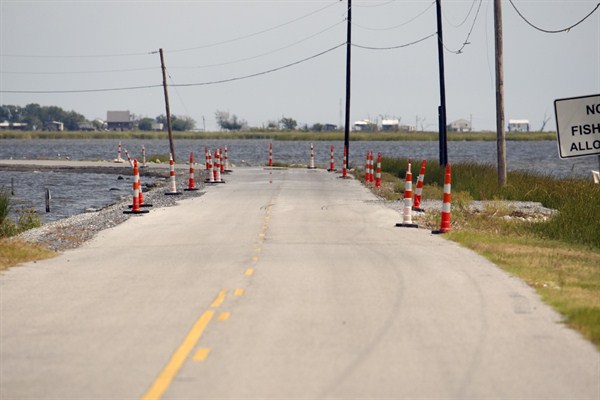Climate-driven migration will likely affect millions of people in the coming decades, adding to the displacement of millions from war and instability. States and international organizations will need to dedicate additional resources to climate migrants, but they can already begin by integrating support into essential resilience and adaptation responses currently underway.
Climate change policies are beginning to confront the complex dynamics of populations living in areas that are no longer habitable due to sea-level rise, desertification or other effects. Politics and policy choices are starting to play out at various levels. And the migrants themselves are grappling with decisions at the household and community levels that play out at different tempos than refugees fleeing war zones.
Much of the displacement of people from climate change will be internal, within national boundaries. The drama of small island nations disappearing from sea-level rise is the exception. The norm will be coastal communities in larger states needing to relocate, confronting governments at local, state and national levels with demands for financial and logistical assistance that will be hard to meet.

